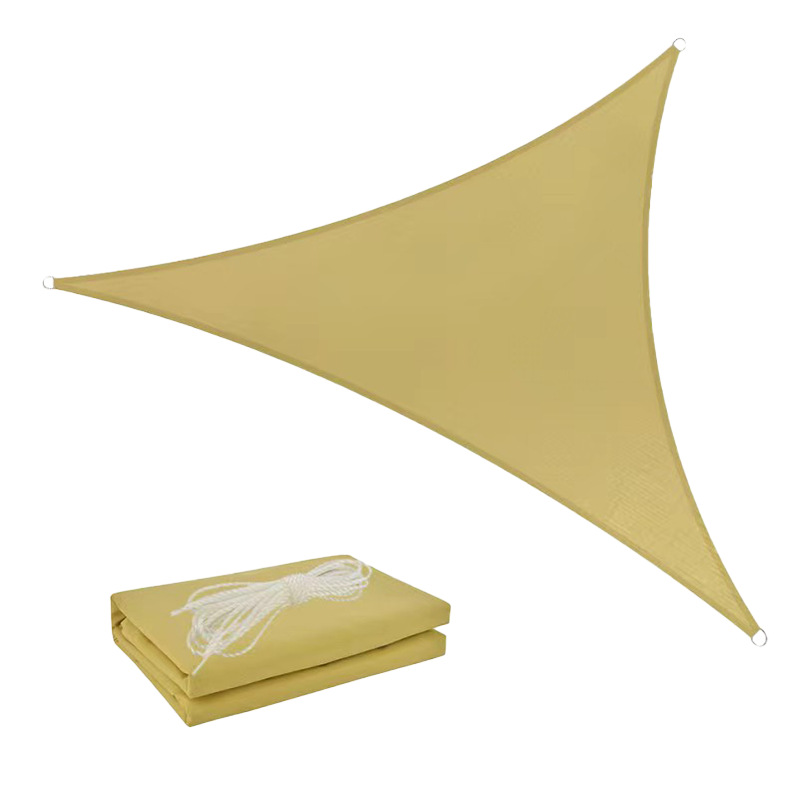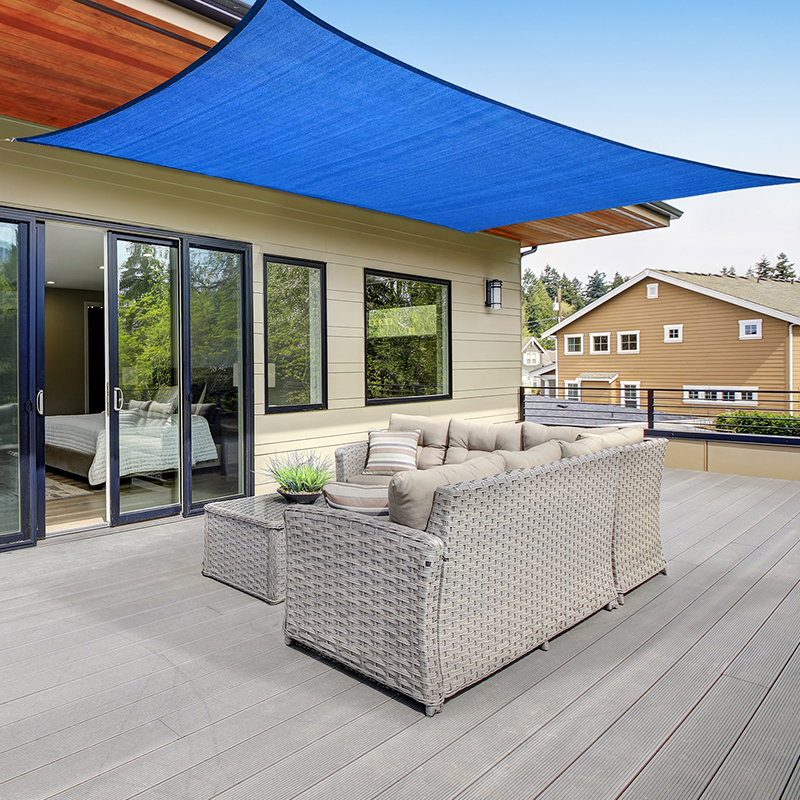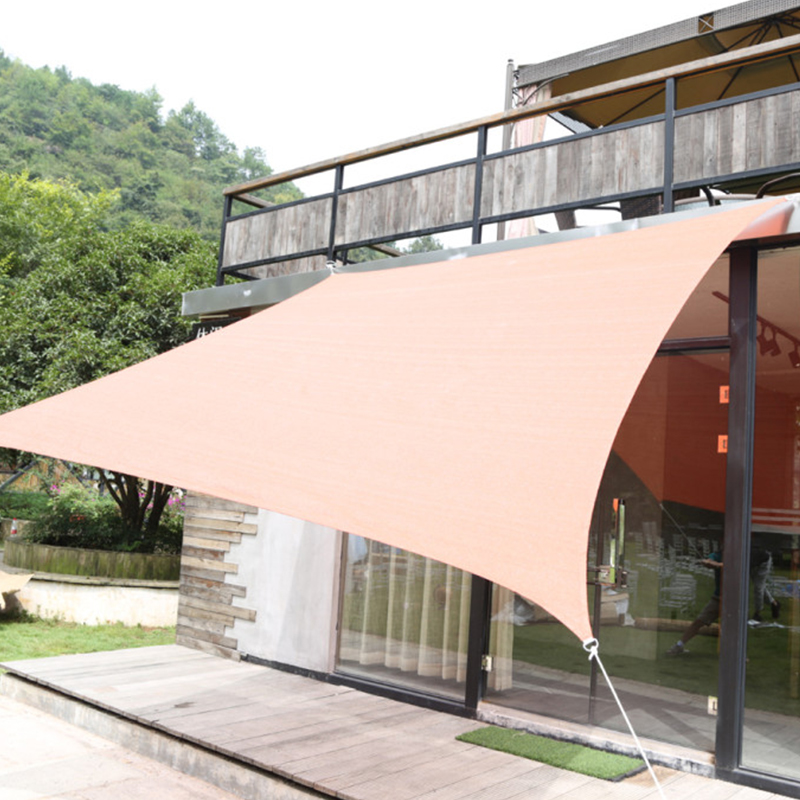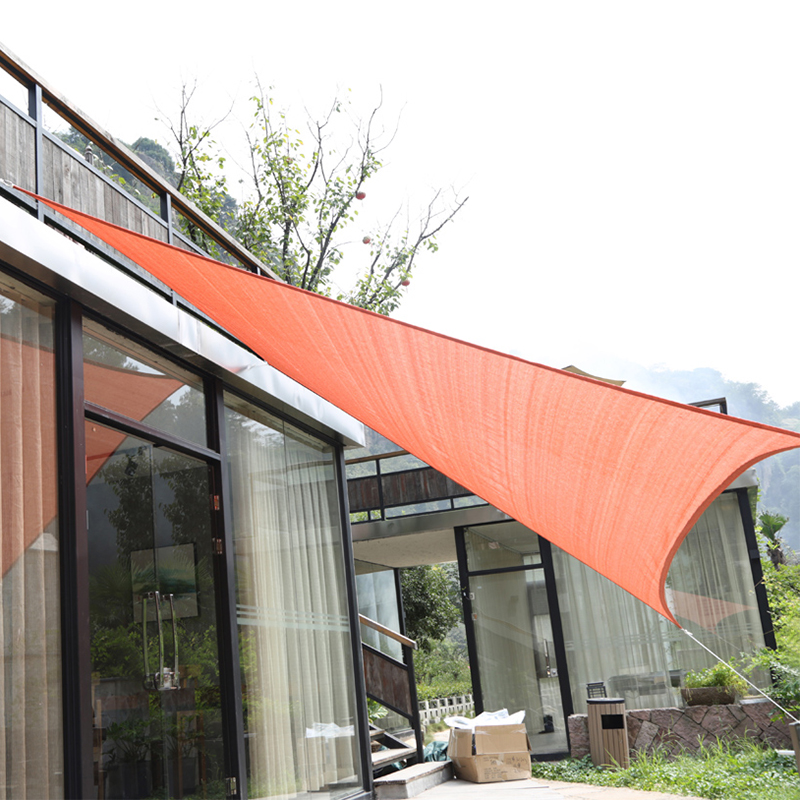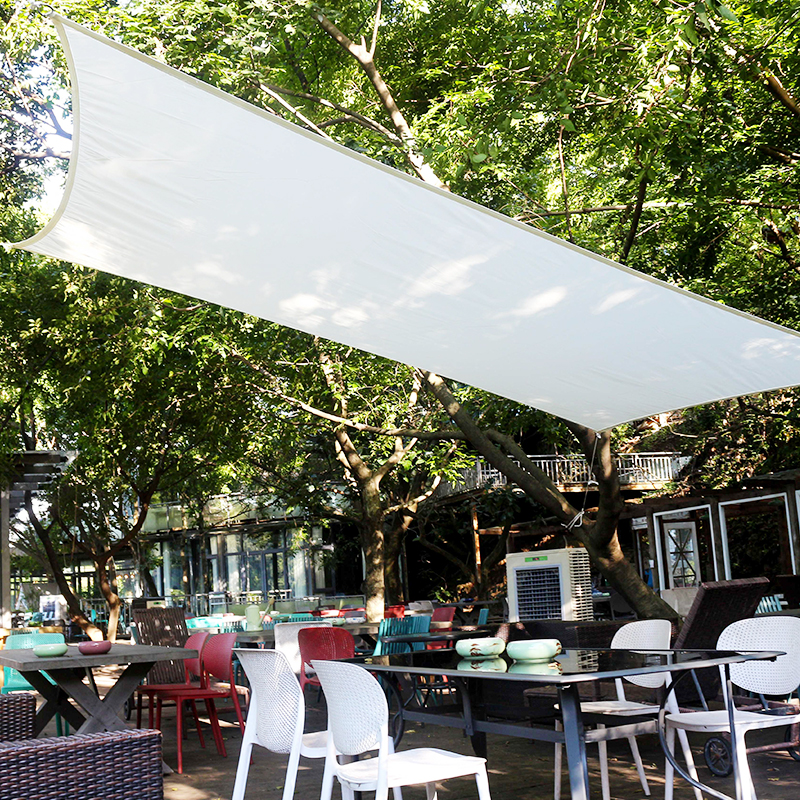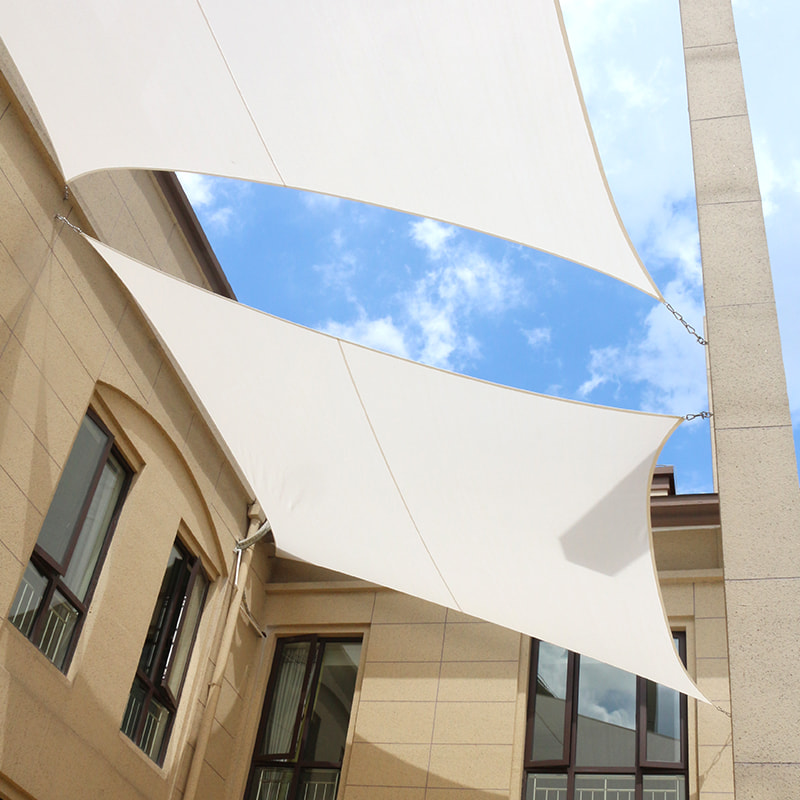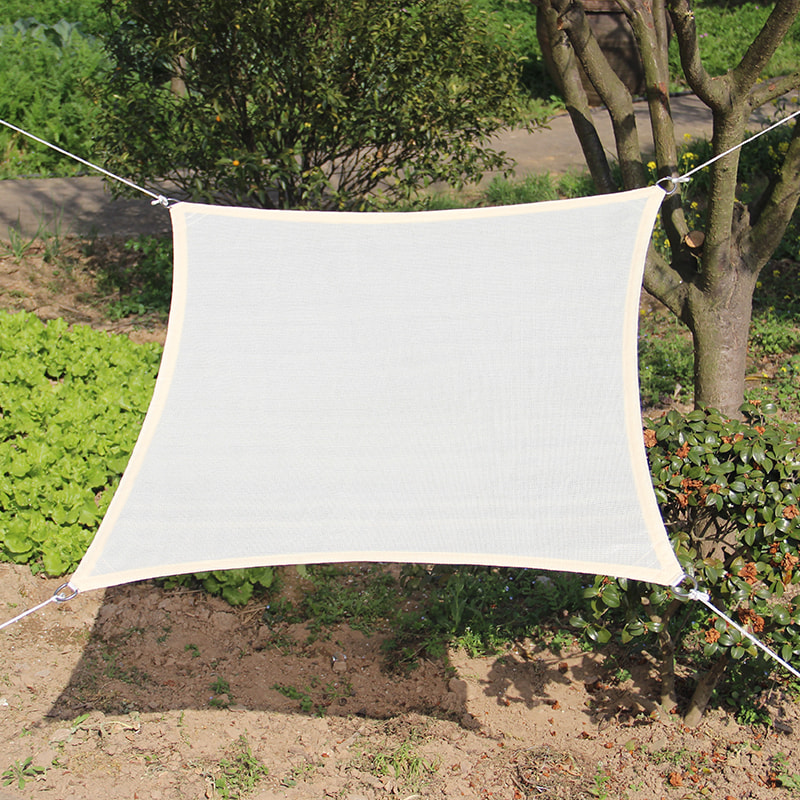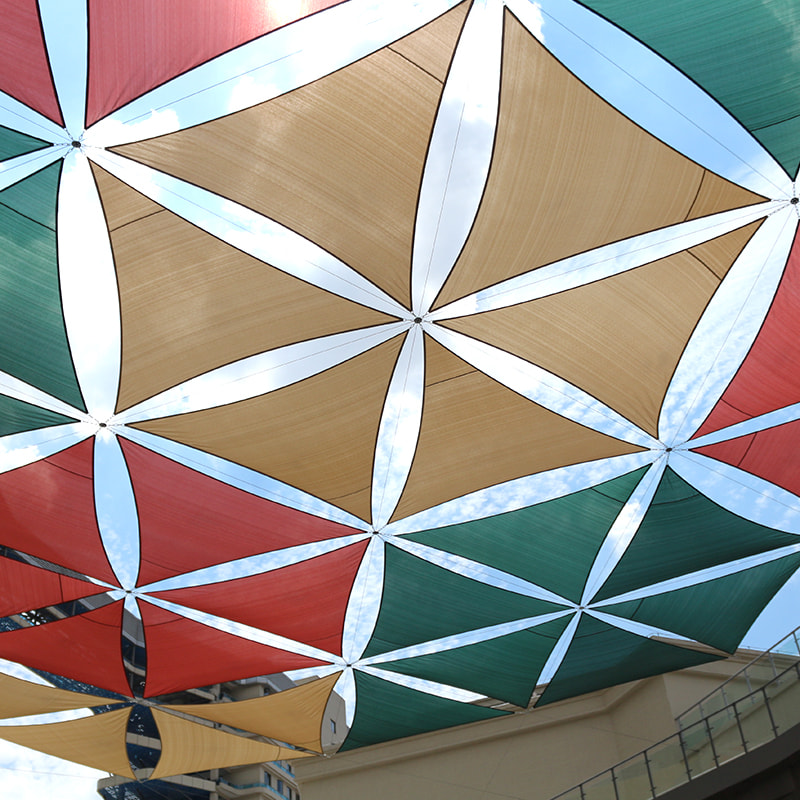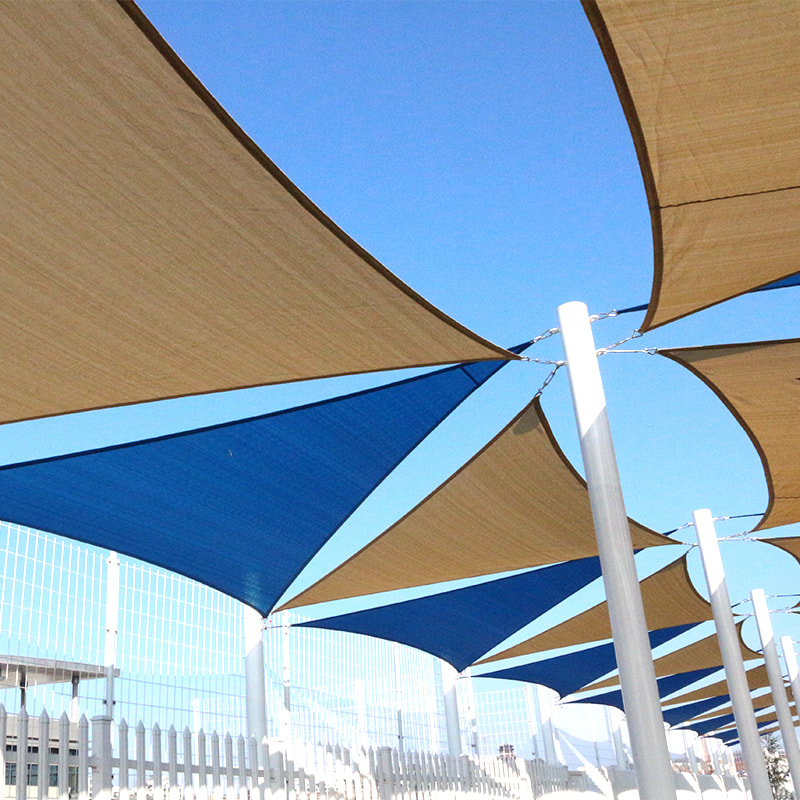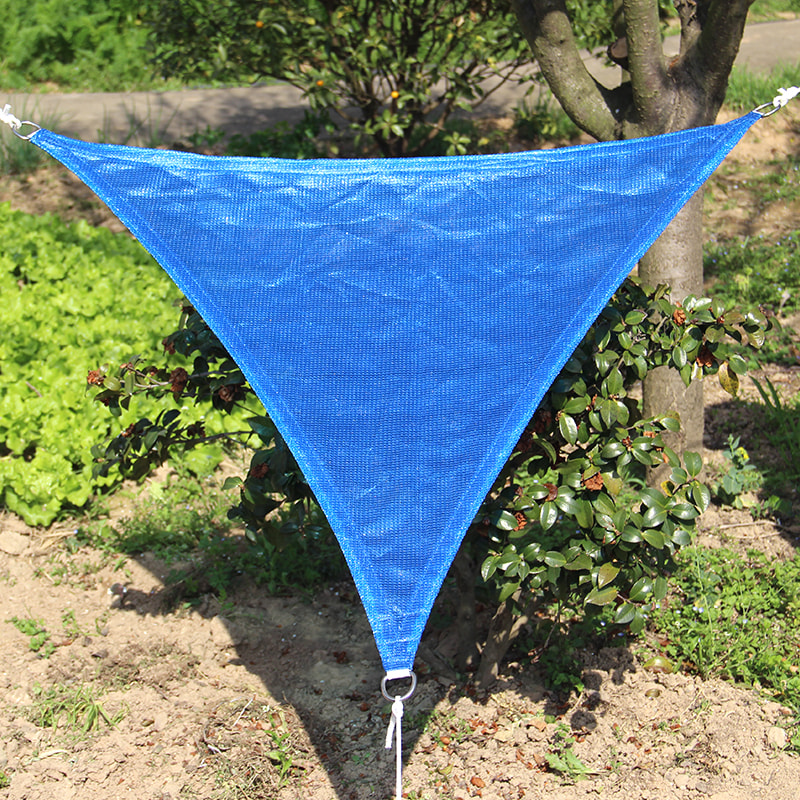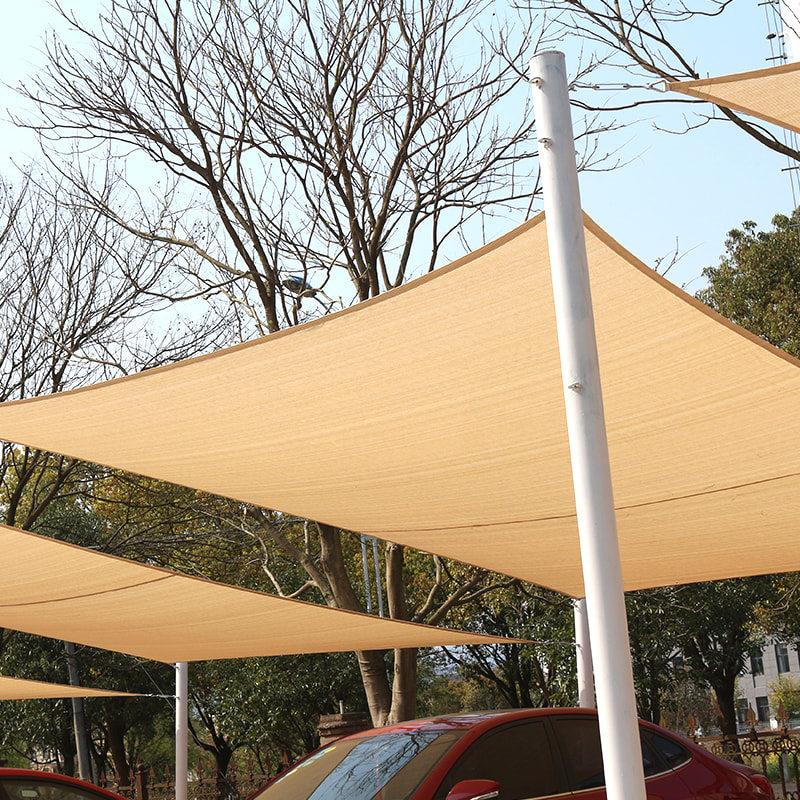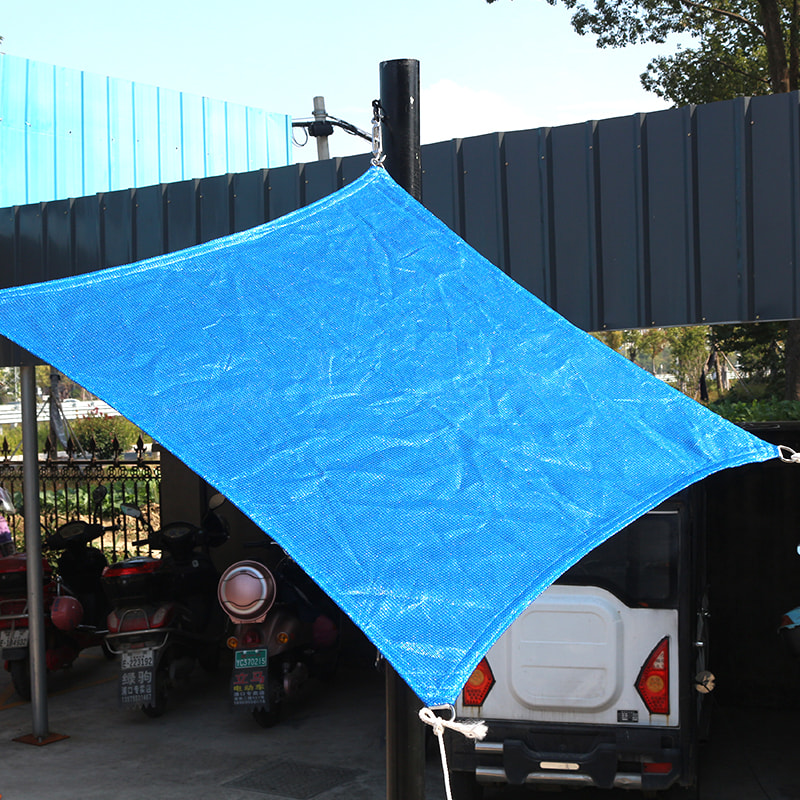Shade Cloth Tips For Your Garden
Date:2022-05-10
When choosing a shade cloth, remember that not all plants love the same amount of sun. Seed packets often indicate how much light they require. Shade cloth that blocks out 85% of the sun will not be happy with a plant that needs a lot of light. Conversely, a shade cloth that is made from only 15% of the fabric will be a miserable experience for a shade-loving plant. The percentage of shade cloth can be a difference between a perfectly healthy plant and one that has been sunburned.
Shade cloth can reduce ambient temperatures by a few degrees. The material is made from polyethylene (PE) and looks like a continuous strand of tiny braids. It is also 30% lighter than woven shade cloth and is much easier to install. While both types of shade cloth are UV resistant, their lifespans vary a bit. However, both have the same function of reducing ambient temperatures, keeping plants from going dormant in hot weather.
In northern climates, shade cloth is not a permanent solution to the problem of extreme heat. But it can be an excellent temporary solution for extending the growing season of some vegetables and tender flowers. Shade cloth also prevents a cool-weather plant from going to seed as the temperatures rise. Shade cloth is a staple in southern gardens and is especially useful for greenhouses. It also works very well in desert climates. So if you're considering shade cloth for your garden, be sure to consider how many of these tips will work best for your garden.
One of the best advantages of using shade cloth is that it can be easily added to any structure. It can last for 16 years, and the added benefit of reduced energy costs is the productivity of your plants. You can easily measure the amount of light the cloth will block depending on the density of the plants you're shading. Also, make sure that the shade cloth does not reach the ground level or hang over the end walls. It is a good idea to check with the local building code first to be sure that your shade cloth is right for your garden.
Choose shade cloth with the right density for your garden. Typically, the greener the fabric, the more protection it provides from the sun. A 50 percent green cloth is appropriate for pot plants, nursery stock, and lettuce. Larger shade cloths for livestock, large trees, and traditional farm fields should be in the range of seventy-five percent density. This shade cloth is generally more dense than 50% and will provide a shade level between 50% and 80%.
Another good way to choose shade cloth for your garden is by adjusting the percentage. For fruit and vegetable production, a percentage of thirty to sixty percent is enough, and it will reduce the temperature by around thirteen to twenty-three degrees Fahrenheit. A higher percentage may be too much, though, as it will interfere with plant growth. But it will definitely boost your tomato or lettuce plants. The right percentage will depend on the plants you are growing.
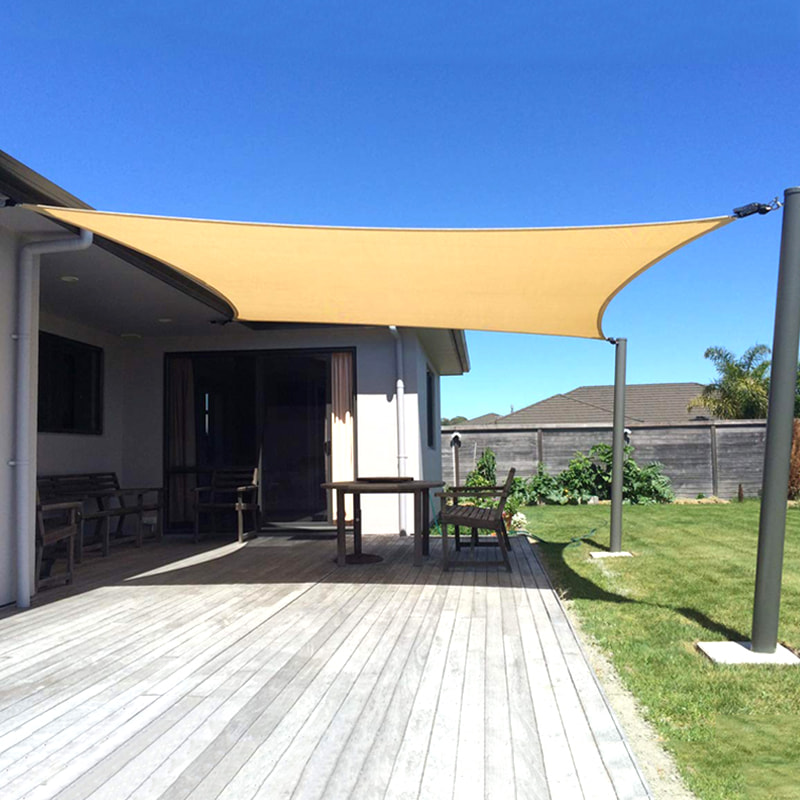


 English
English Español
Español Deutsch
Deutsch